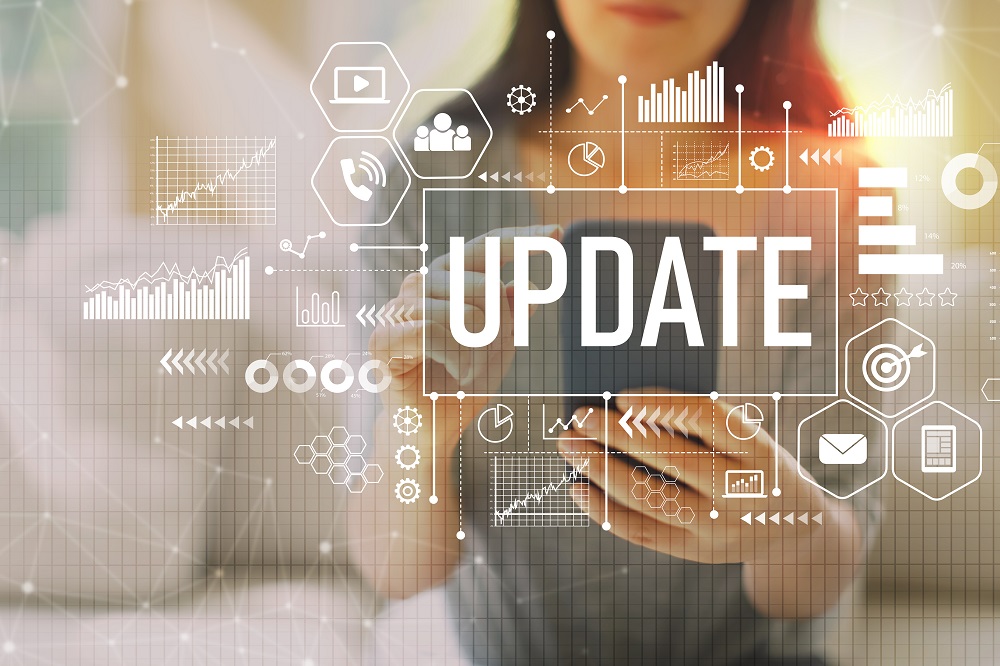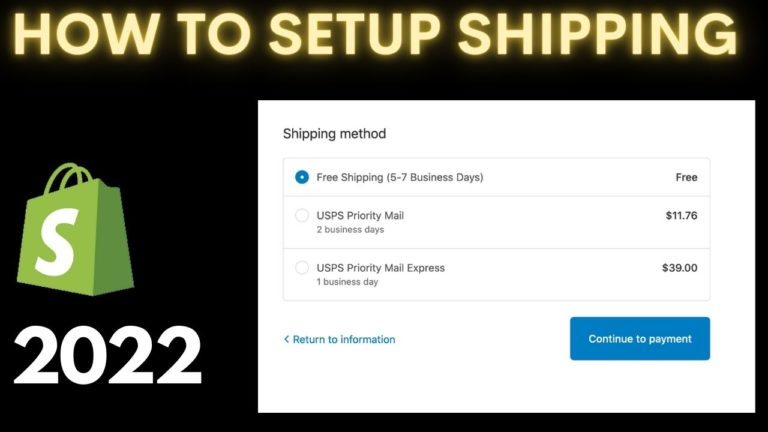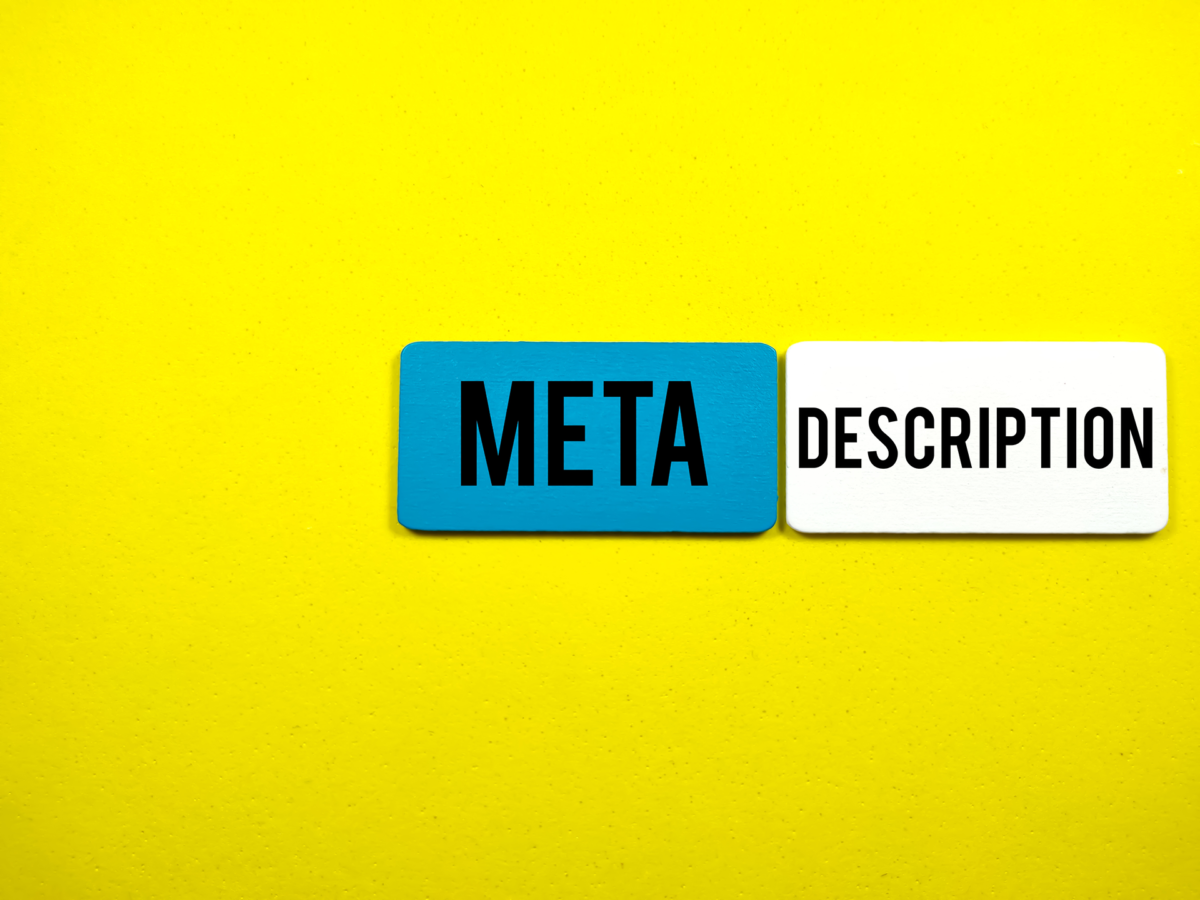In June, Shopify announced Online Store 2.0, which added a new suite of developer tools to the current program. This update goes beyond a few tweaks; Online Store 2.0 is rebuilt, changing the entire developer platform, so it’s easier to build better online shopping experiences for both the merchants and their customers.
At Rezolutions Design, we understand the challenges of creating a successful online brand using platforms like Shopify. We stay up-to-date on the latest Shopify tech developments and implement them to redesign your eCommerce store to define your brand or build a successful online store from scratch.

1. Upgraded Theme Architecture
As a certified Shopify partner, we understand that the previous version of the eCommerce software was challenging for merchants and developers to navigate and customize without extensive coding experience.
We know you’ve been seeking more customizable options to help build your brand and offer a better shopping experience to your customers. Shopify’s Online Store 2.0 offers upgraded theme architecture that streamlines the online store development phase.
They’ve added section capability on every page, which means you can now personalize every page of your client’s store, not just the home page. To make differentiation more manageable and efficient, developers can create template files for each type of page your shop needs, like product pages or blog pages.
The original program’s lack of end-to-end app solutions made it difficult to build consistent, fast apps for each page. The new theme app extensions make it easier to build app features because they are integrated into blocks that can be placed anywhere in the shop, so you don’t have to edit the theme’s code for each new app addition.
Apps are now easy to create, publish, update, or delete, and there are fewer code breakdowns to troubleshoot, thanks to their modularity.
With Shopify, supporting assets can also be added to a store’s theme app extensions with Shopify’s CDN.
2. Flexible Store Content
With the updated theme editor, developers can now add metafields without APIs or code, making pages more flexible to allow personalization for an eCommerce site. When media is uploaded to the Settings/Files section, it’s easy to grab and integrate it into a store’s theme.
The new Files API allows media to be added to apps even when they aren’t directly tied to the product, further enhancing the customization of an eCommerce site.
3. Theme Editor Enhancements
The updated intuitive theme editor allows developers partnered with Shopify to navigate content in the tree view sidebar panel to hide blocks and make changes to the hierarchy of page elements without digging down into each layer of the page.
There’s also a Liquid input setting that reduces the need to manually change Liquid code, helping to eliminate coding errors that require time-consuming troubleshooting to repair.
Thanks to these enhancements, merchants can make decisions about their store without taking too much of a developer’s time, freeing developers to focus their energy on creative integration and solutions that make an eCommerce site unique.

4. New Developer Tools
Because of the new theme and app capability, Shopify’s OS 2.0 comes with a new suite of developer tools. These tools make developing, testing, and publishing themes seamless while making them richer and more robust.
Now a designer can control versions of a theme, develop it in a better sandbox, and streamline the process with a real-time linter programmed specifically for Shopify themes.
Shopify updated the following tools, so they better support the new features of OS 2.0, which allow developers to design better sites for eCommerce shops:
- Github Integration
- Shopify CLI
- Development Themes
- Theme Check
5. A New Reference Theme
Shopify built a newer, faster reference theme for OS 2.0: Dawn. Up to 35% faster than the current reference theme, Debut, Dawn brings unmatched levels of flexibility and speed while ensuring eCommerce sites load quickly and provide a great experience for any shopper, no matter where in the world they’re shopping or what device they’re using.
The new suite partially relies on JavaScript to turbocharge Dawn, supplementing with native browser functionality. The JSON templates make Dawn an excellent model for new theme development, and Shopify plans to make it the default theme for all new stores soon.
6. Reopening the Shopify Theme Store
The Shopify Theme Store was relaunched in July, so you can already submit your original themes for review and publish them once they’re approved. There will be a $99 submission fee per account to submit themes to the Shopify Theme Store and a 2.9% processing fee on all transactions.
This month, Shopify removed all revenue share from the first million dollars made annually in the Shopify Theme Store. Once a theme makes more than $1 million, you’ll only pay a 15% revenue share on your earnings.
More than one million businesses in more than 175 countries use Shopify, and with OS 2.0, they need high-quality themes. Developers can take advantage of this incredible opportunity to design something spectacular for Shopify’s customers worldwide.
7. Update Your Themes and Apps
Starting January 1, 2022, all themes in the Shopify Theme Store and the apps in the Shopify App Store will be required to run using the parameters of OS 2.0. Rezolutions can streamline this process for any eCommerce shop.
To help make the updates as smoothly as possible, Shopify has added new information to their developer documentation:
- How-to information
- Best practices
- Integration tips

Rezolutions Uses Shopify OS 2.0 to Build Unique eCommerce Experiences for Your Brand
Shopify’s new OS 2.0’s capabilities offer infinite possibilities for developers. As a certified Shopify partner, contact us today to update an existing shop or design a new eCommerce shop to ensure it delivers excellent customer experiences and gets your brand noticed.























